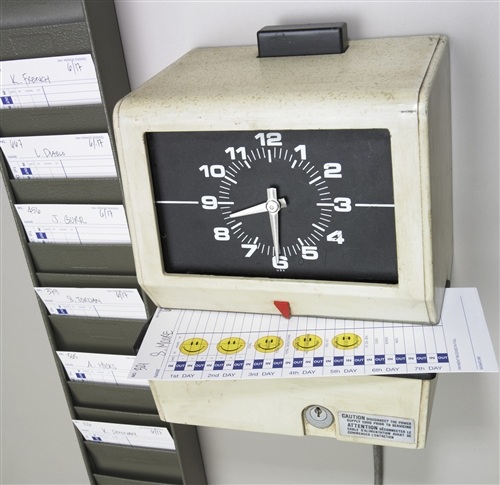 I mentioned in an earlier post that I would post more information on the California Supreme Court decision Brinker Restaurant Corp. v. Superior Court. The Brinker decision was huge in the employment law world. It clarified some of the most tricky wage and hour issues.
I mentioned in an earlier post that I would post more information on the California Supreme Court decision Brinker Restaurant Corp. v. Superior Court. The Brinker decision was huge in the employment law world. It clarified some of the most tricky wage and hour issues.
Here are a few of the important rulings:
Lunch breaks: An employer is supposed to give a 30 minute uninterrupted meal break to employees who work more than five hours. An employers obligation is to relieve its employee of all duty, with the employee thereafter at liberty to use the meal period for whatever purpose he or she desires. The employer does not need to ensure that no work is done. An employer cannot discourage or impede meal periods. If the employer has the employee do work during his or her lunch break, the employee must be paid for it. If the employer relinquishes control and the employee decides to keep working with the employers knowledge, then the employer must still pay the employees hourly rate, but not an additional premium. For those who like bullets:
- Employees who don’t work more than 5 hours don’t get a meal period.
- Employees who work over 5 but not more than 6 hours get a meal period, unless they’ve waived it in writing. If they don’t waive it, the meal period must begin by the end of the 5th hour.
- Employees who work more than 6 but not more than 10 hours get a meal period regardless of whether there’s a waiver. The meal period must begin by the end of the 5th hour.
- Employees who work more than 10 hours get a second meal period. If they don’t work more than 12 hours they can waive the second meal period. If they don’t waive it, the meal period must begin by the end of the 10th hour.
Rest breaks: An employer is required to authorize and permit the amount of rest break time called for under the wage order for its industry. Most wage orders provide for 10 minutes of rest for each four-hour period or major fraction thereof. This means that the second rest break must be provided if the employee worked over six hours.
- Employees who work no more than 3.5 hours don’t get a rest period.
- Employees who work between 3.5 and 6 hours get one rest period.
- Employees who work between 6 and 10 hours get two rest periods.
- Employees who work between 10 and 14 hours get three rest periods.
This is a seemingly simple, but very complicated area of law.
________________________
Branigan Robertson is a California employment lawyer who exclusively represents employees in workplace disputes. He focuses his practice on sexual harassment, wage & hour, wrongful termination, and retaliation. Visit his website at BRobertsonLaw.com or call his office at 949.667.3025.
